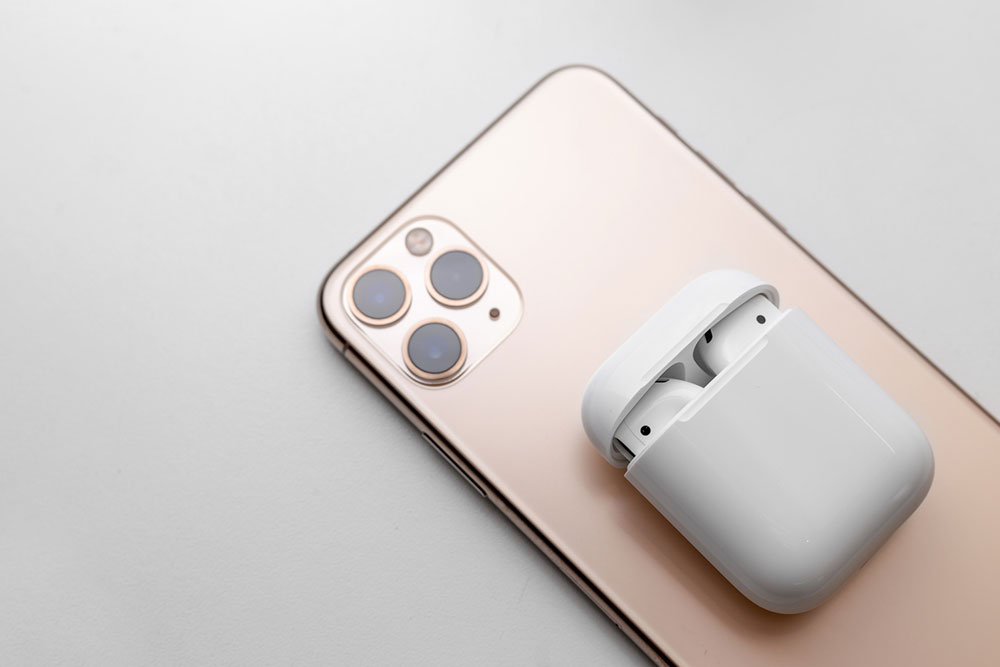iPhone 15 – Key Features to Consider

Apple unveiled the iPhone 15 on September 12, 2023. As with every Apple release, users compare the latest models with older versions to decide for themselves if the newer version is worth buying. Pre-launch rumors regarding the highly anticipated flagship phones indicated major improvements in the design and appearance. However, from advanced camera features to cutting-edge design, here is a look at what the iPhone 15 models can truly offer:
Lineup
Apple has launched four iPhone 15 models for 2023—iPhone 15 (the base variant), iPhone 15 Plus, iPhone 15 Pro, and iPhone 15 Pro Max. This lineup can cater to varying design preferences and budgets.
Color options
Apple users get to choose from five colors if they opt for the standard iPhone 15 and Plus variants. Available in black, green, blue, yellow, and pink variants, the new design features back glass with color infused throughout the material. On the other hand, the iPhone 15 Pro and Pro Max come with titanium color options—blue titanium, natural titanium, black titanium, and white titanium.
Design
While the iPhone design has not undergone drastic changes, a few notable differences are:
– Apple has replaced the mute switch in the Pro models with a new Action Button that one can customize to open the camera and turn on the flashlight, among other things.
– The 6.1-inch iPhone 15 and 6.7-inch iPhone 15 Plus have a similar design as their predecessors but with more contoured edges to modify the feel while holding the devices in the hand.
– All four models come with a USB-C port, replacing the Lightning port. This change was introduced by Apple to align with EU rules requiring standardization of charging connectors for all phones sold in Europe.
– The iPhone now has new matte glass for the back, giving the device a soft-to-the-touch finish.
– Instead of the stainless steel used for Pro models earlier, the iPhone 15 Pro and iPhone 15 Pro Max come with a lighter titanium frame.
Performance
The iPhone 15 and 15 Plus have the same A16 Bionic chip as the previous Pro models. On the other hand, the iPhone 15 Pro and iPhone 15 Pro Max have the A17 Bionic chip, which is said to be Apple’s biggest GPU redesign so far. Further, the standard models have 6 GB RAM, the same as previous generation iPhones, while the Pro models get 8 GM RAM.
Camera
Apple made improvements to the dual-lens camera system in the iPhone 15 models, introducing a new 48-megapixel main camera that is remarkably better than the 12-megapixel camera in the previous generation iPhone models. Further, the standard models come with a 2x lossless zoom mode. The Pro models have a triple-lens camera system, while the standard models have a dual-lens system. The iPhone 15 Pro has a 12-megapixel Telephoto camera with 3x zoom, while the iPhone 15 Pro Max’s Telephoto system allows for 5x zoom.
Storage capacity
The storage options for the iPhone 15 and Plus models remain unchanged: 128 GB, 256 GB, and 512 GB. For the Pro models, storage capacity can go up to 1 TB. The iPhone 15 Pro Max, however, drops the 128 GB variant and starts at 256 GB.
Display
Previously limited to the Pro models, both iPhone 15 and iPhone 15 Plus have Dynamic Island on the display. Unlike the Pro models, the standard models do not have ProMotion 120Hz refresh rate or the Always-On display technologies, but all four models feature OLED screens.
Battery
There is a 3,349 mAh battery in the iPhone 15, while the iPhone 15 Plus gets a 4,383 mAh battery. Buyers get a 3,274 mAh battery in the iPhone 15 Pro and a 4,422 mAh battery in the iPhone 15 Pro Max. All phones are equipped with a slightly higher capacity than the batteries from the previous generation models.
Operating system
The iPhone 15 models were launched with the iOS 17, known for notable improvements to the Phone, Messages, and FaceTime apps, enhancing the communication experience.
Price
The starting price for the iPhone 15 is $799, while the iPhone Plus starts at $899. The Pro and Pro Max models start at $999 and $1,099, respectively.
To choose a suitable model, one can compare must-have features in all four variants. Further, one may be able to grab shopping season deals and discounts on the iPhone 15, helping them save money on the purchase.







